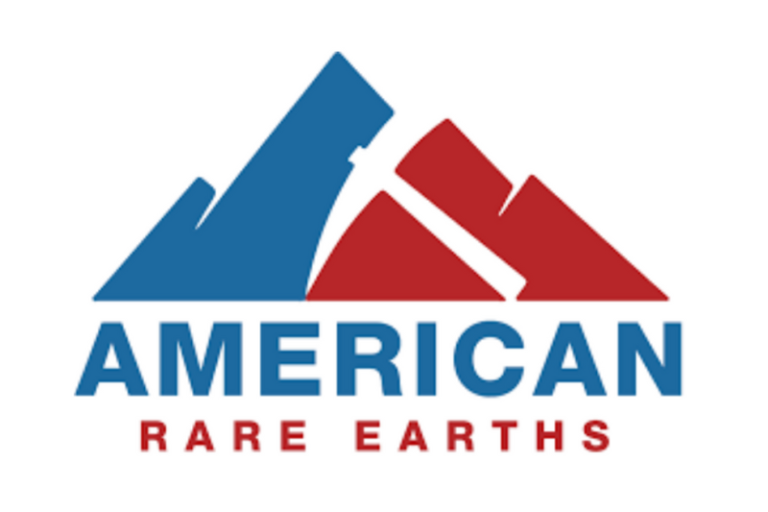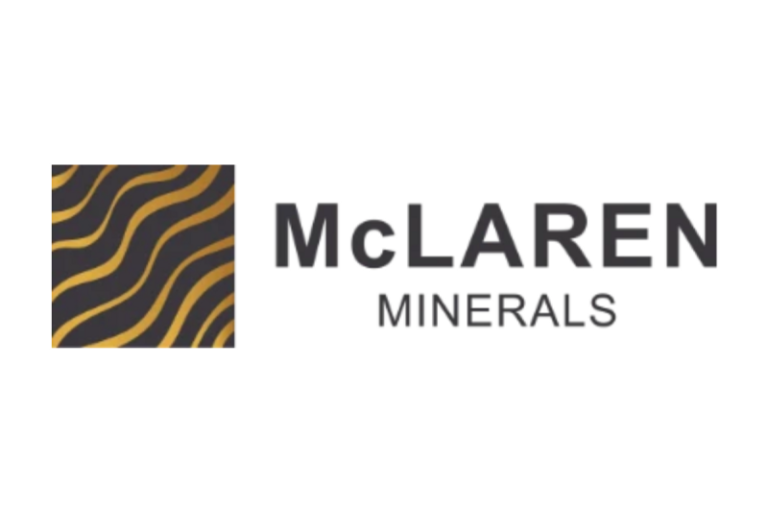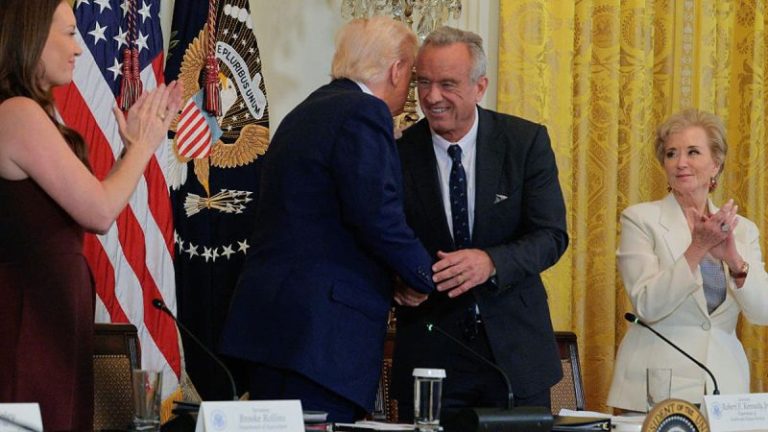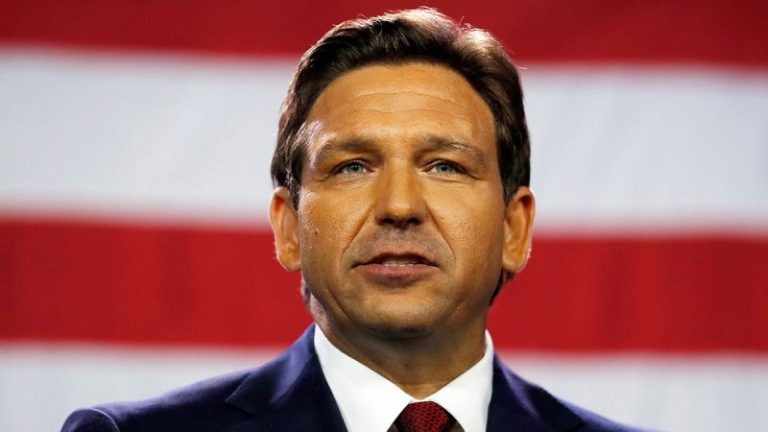Gov. Ron DeSantis urged House Republicans to take note of Florida’s successful implementation of ‘DOGE’-type governance and get moving on slashing waste, fraud and abuse identified by the executive branch organization.
‘Elon Musk took massive incoming – including attacks on his companies as well as personal smears, to lead the effort on DOGE,’ DeSantis posted on X.
‘He became public enemy #1 of legacy media around the world. To see Republicans in Congress cast aside any meaningful spending reductions (and, in fact, fully fund things like USAID) is demoralizing and represents a betrayal of the voters who elected them,’ the Republican said on Tuesday.
DeSantis had reposted a comment from former government scientist Matt van Swol, who claimed congressional Republicans have not done enough to go to bat for DOGE.
‘DOGE is literally one of the most popular government initiatives in history. 73% of Americans say they support cutting government waste. Trump brought in the smartest man on earth to do it… …the Left destroyed Elon for it …the GOP won’t vote on it I can’t believe this,’ van Swol said in the shared message.
In remarks Tuesday, DeSantis expounded upon his concerns, saying that Florida’s executive branch has successfully implemented DOGE-type policies in the state, increasing affordability, lowering taxes and ridding Tallahassee of waste and fraud.
He said Florida has been a state for 180 years, and it was his own administration who reportedly paid down 41% of its accumulated debt to-date.
DeSantis said the average Floridian’s share of the state debt is $400, while federally, their onus is about $105,000.
The governor noted how Musk stuck his neck out for DOGE and saw his car dealerships ‘firebombed’ and how the media ‘smearing him relentlessly because he basically said, look, we can’t keep doing this…’
‘And yet, we have a Republican Congress, and to this day, we’re in the end of May, past Memorial Day, and not one cent in DOGE cuts have been implemented by the Congress,’ the one-time congressman said.
‘That’s one of the reasons why we need a balanced budget amendment to the U.S. Constitution. It’s another reason why we need term limits for members of Congress. But I think what you’ve seen with how, and I kind of said this early on, that DOGE and Elon were on a collision course with the swamp.’
Libertarian-minded Rep. Thomas Massie, R-Ky., had lodged a similar complaint – claiming that rescission votes to act on DOGE’s proposed cuts were ‘cancelled’ earlier in May – but a top aide to House Speaker Mike Johnson, R-La., disputed the claim.
‘No votes on rescissions were cancelled this week. The Speaker has repeatedly expressed his commitment to save taxpayer funds via the rescissions process,’ wrote press secretary Athina Lawson.
‘Under law, this process requires a special message to Congress detailing proposed rescissions before Congress can act.’
House Republicans could not include any DOGE cuts in the ‘big beautiful bill’ because, in order to pass the Senate, the bill could only deal with statutorily ‘mandatory’ spending concerns.
The rules of Senate Reconciliation preclude that move as well.
The two options House Republicans have are to wait for a formal rescission request for a cut or cuts from Office of Management and Budget Director Russ Vought – a Trump appointee – and take that up within 45 days, or try to pass separate legislation themselves through the appropriations process.
The issue with the latter is that legislation independent of a request originating from the executive branch would require 60 votes – while a rescission request only requires a simple majority.
Republicans currently hold 53 seats in the Senate. Two independents – Sens. Bernie Sanders of Vermont and Angus King, Jr. of Maine – caucus with Democrats.
However, Republicans have had luck putting Democrats in a bind via the appropriations process, as the last passage of the typically massive bills led to members of that party turning on its leader – Sen. Charles Schumer of New York – for ultimately voting to fund the government earlier this year.
Fox News Digital reached out to DeSantis and Johnson for comment.
This post appeared first on FOX NEWS










